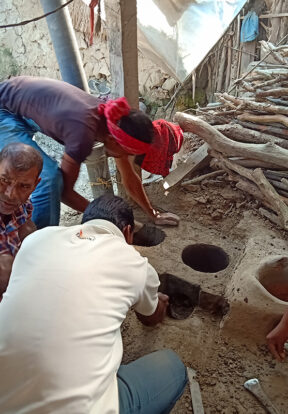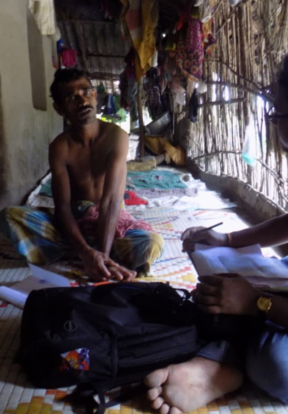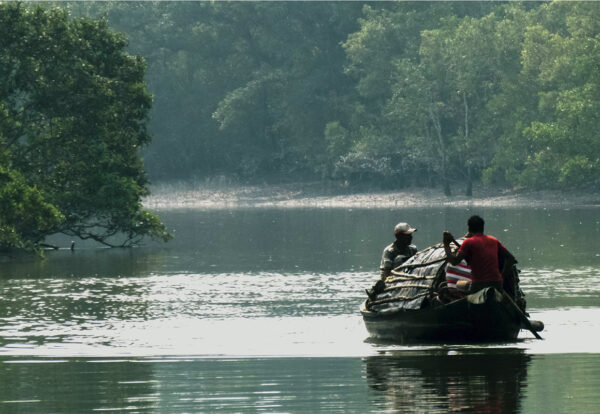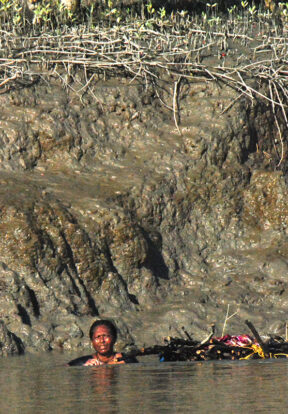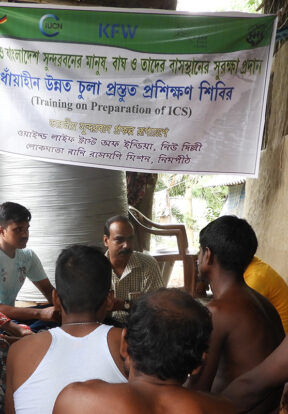Protecting Tigers, People and Their Vital Habitats in the Sundarbans Delta of India and Bangladesh

The Sundarbans forest is the only mangrove in the world that harbours Bengal tigers (Panthera tigris tigris) as the ecosystem’s apex predator. Occupying approximately 10,000 sq km, it is the largest tiger habitat in India and Bangladesh and home to more than 4 million people. With limited space and resources, these characteristics also make it one of the most significant human-tiger conflict hotspots.
A tiger conservation project funded through IUCN’s Integrated Tiger Habitat Conservation Programme and implemented by the Wildlife Trust of India in the region is working to achieve two goals simultaneously. First, it attempts to gauge the nature of human-tiger conflicts and peoples’ attitude and perceptions of such situations as well as how these can be resolved. Secondly, it aims to put in place infrastructure such as rapid response boats that can help people manage conflicts between humans and tigers swiftly, thus reducing adverse effects for each.
Additionally, the project also works to build partnerships with local people and develop participatory measures to minimise human-tiger conflicts, through sensitization and the development of alternative livelihoods, involving chicken and goat farming, and simple technological improvements such as fuel efficient stoves that reduce the need for collecting firewood from the mangrove forests.
Individuals’ stories bring home just how destructive human-tiger conflict can be. A resident of Deulbari village, Tapan Piyada’s expressions echo the pain when he was attacked by a tiger in the dense Sundarbans forest while on his way to go crab fishing. Fearful for his safety and the potential impact on his family now he cultivates vegetables on other people’s land barely earning enough to support his family. Through this project Tapan will participate in poultry rearing which will boost his monthly income while empowering him to run his own small business.
Success depends on the project team’s ability to communicate their vision for methods that can produce win-win solutions for both humans and tigers. A longer-term objective for the project is to create a platform for implementing an interdisciplinary and integrative model of conflict reduction in this vast transboundary landscape. And in light of a recently published scientific paper forecasting additional habitat loss due to rising sea levels, long-term planning and creative solutions are likely essential to retaining tigers as a key part of the Sundarbans ecosystem and heritage.
This is just one of several tiger projects that works to address human-wildlife conflict in different ways and is presented here in the first of two articles illustrating just how those solutions are being implemented according to different conditions in the field.


